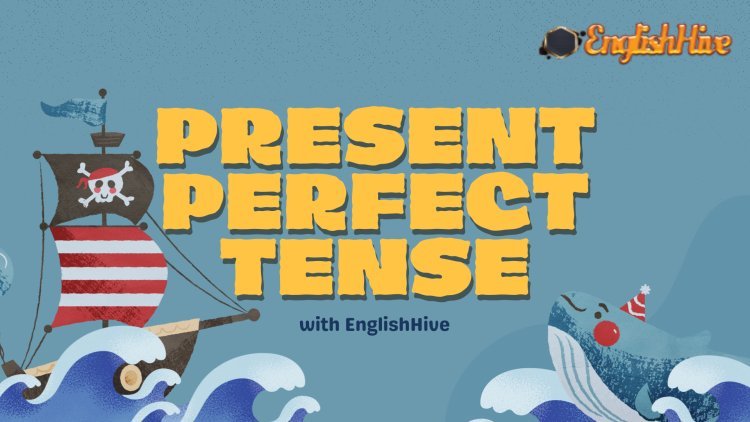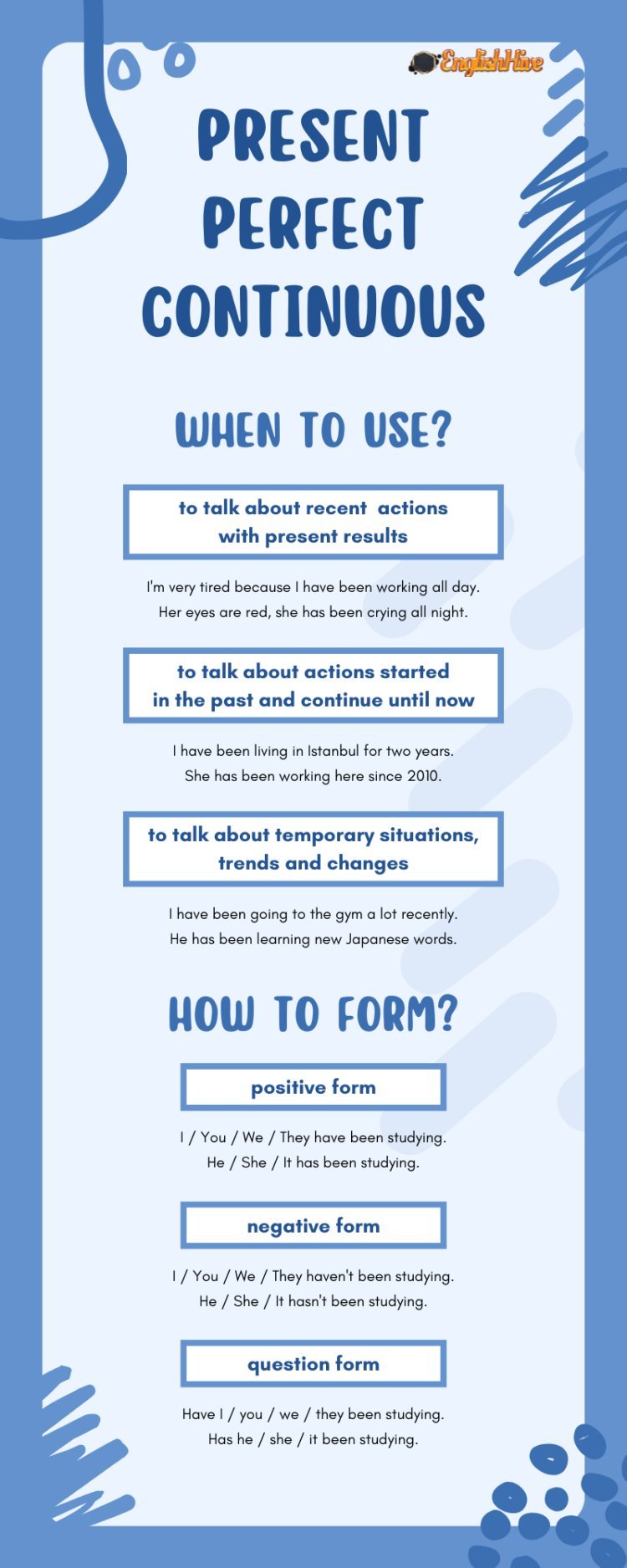The Present Perfect
Dive into the richness of the Present Perfect tense! In this blog post, we'll unravel the intricacies of this essential grammatical structure, exploring its usage, forms, and nuances. Whether you're fine-tuning your language skills or aiming for linguistic precision, join us on a journey through the realm of Present Perfect. Let's enhance your understanding and command over this versatile tense together!

Hello everyone, let's open up our notebooks and start another fascinating English lesson. Today, we'll be diving into the intriguing world of the present perfect tense. We'll explore its structure, usage and the common issues encountered by learners.
If you're struggling with the present perfect tense, you're not alone. It can be quite a challenge often because of the irregular verbs in past participle form and the uncertainty about when to use the present perfect or past simple tenses. However, even if you're already comfortable with the present perfect tense, reviewing this tense regularly can help refresh your memory.
Structure of the Present Perfect Tense
The grammatical structure of the present perfect tense consists of a subject followed by "have" or "has," and then the main verb in its past participle form. The verb "have" serves as an auxiliary verb, aiding the main verb within the sentence. Not being the main verb, it's usually unstressed and often contracted when spoken. Hence, "I have" turns into "I've" and "she has" into "she's".
Main Verb in Past Participle Form
The real struggle here lies within the form of the main verb. The present perfect tense requires the main verb to be in its past participle form, not in the past simple form. This isn't an issue with regular verbs, but it can be for irregular verbs. For instance, the verb "watch" in present tense becomes "watched" in both past simple and past participle forms. The real challenge arises with irregular verbs like "go," which in the past simple is "went" and in the past participle is either "been" or "gone". Remembering these forms for some can be daunting but there's no rule to follow.
Usage of the Present Perfect Tense
The present perfect tense comes in handy when there's a connection between the present and the past. It's like a bridge connecting the two. For instance, "They've been married for three years," signifies something that started in the past and continues at present. We also use the present perfect to narrate life experiences like, "He hasn't travelled overseas before," or for repeating activities, "She has read many books."
Time and Tense
The confusion between the past simple and the present perfect often arises due to the ambiguity in time reference. If you want to talk about finished or complete time like last week, last year, or yesterday, use the past simple. But if you're referring to unfinished time like this week, today, use present perfect. Hence, "Last month, I visited my brother three times" and "This month, I have visited my brother twice" perfectly illustrate this concept, as the month isn't finished yet so we could visit our brother again.
Negative Form of Present Perfect Tense
To negate a sentence in the present perfect tense, simply add "not" to the auxiliary verb. Hence, "This month, I haven't visited him at all" shows the negative form and since the month isn't over yet, I may still visit him.
Question Form of Present Perfect Tense
In question forms, just change the position of the auxiliary verb. Ask "Has he cleaned the bathroom?" for a specific bathroom cleaning incident connected to the present time, contrary to "Did you go to Thailand last year?" which inquires about a specific trip in the past.
Needless to say, mastering the present perfect tense can be complex, but with constant practice and this basic knowledge, it will be much smoother. Feel free to revisit this blog anytime for a quick refresher. And remember, practice makes perfect. Bye for now!

What's Your Reaction?



















